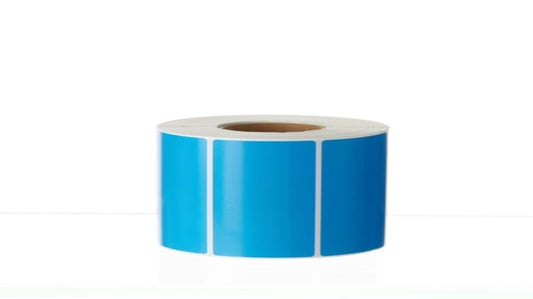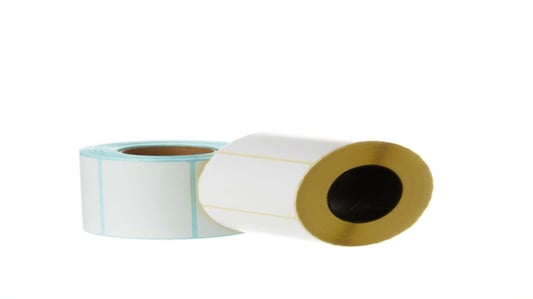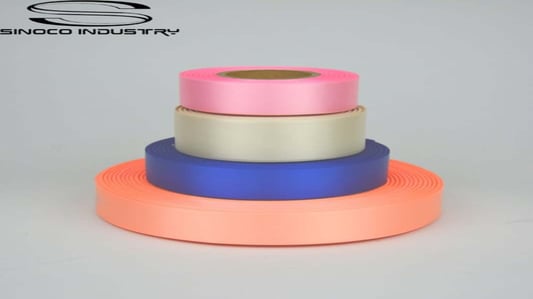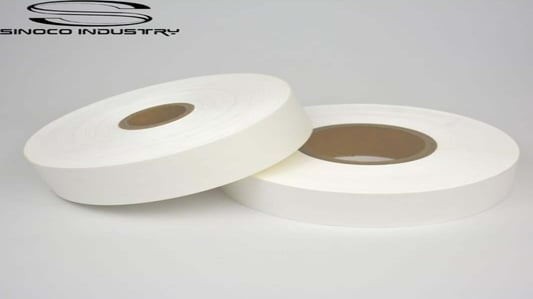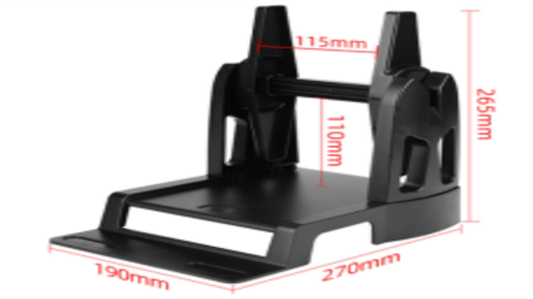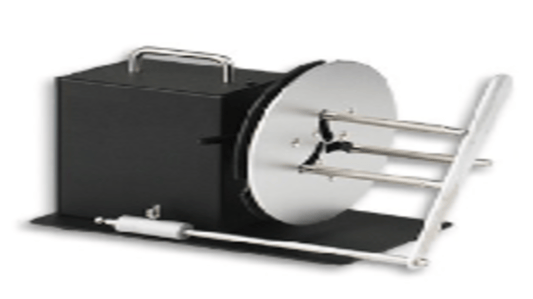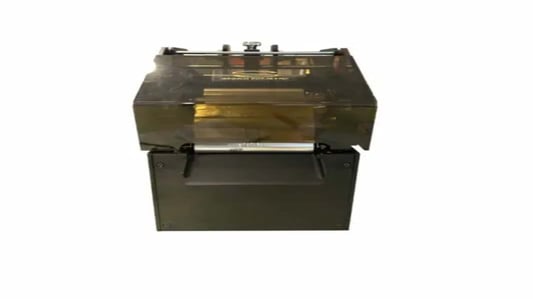Introductionbarcode ribbons are an essential component of any barcode labeling system. They allow barcodes to be printed on a variety of surfaces, including paper, plastic, and even metal. This article will cover everything you need to know about barcode ribbons, from the different types available to their applications in different industries.What are Barcode Ribbons?A barcode ribbon is a strip of material, usually made of wax, resin, or a combination of both, that is used in thermal transfer printing. Thermal transfer printing is a process that involves melting ink from the barcode ribbon onto the label, creating a permanent barcode. There are two main types of thermal transfer printing: direct thermal and thermal transfer.Different Types of Barcode RibbonsThere are three main types of barcode ribbons: wax ribbons, resin ribbons, and wax-resin ribbons. Wax ribbons are the most cost-effective and are typically used for printing on paper labels. Resin ribbons are the most durable and are used for printing on synthetic labels. Wax-Resin ribbons are a combination of both and are used for printing on a variety of label materials.Applications of Barcode RibbonsBarcode ribbons are used in a variety of industries, including healthcare, retail, and manufacturing. In healthcare, barcode ribbons are used for labeling patient specimens and medication containers. In retail, barcode ribbons are used for product labeling and inventory management. In manufacturing, barcode ribbons are used for tracking inventory and managing the supply chain.Factors to Consider When Choosing Barcode RibbonsWhen choosing barcode ribbons, there are several factors to consider, including the type of label material you are using, the environment in which the label will be exposed to, and the durability required for the label. It is important to work with a reputable barcode ribbon supplier to ensure that you are using the correct ribbon for your application.Benefits of Barcode RibbonsBarcode ribbons offer many benefits over other labeling methods. They are cost-effective, durable, and can be used on a variety of label materials. Barcode ribbons also offer a high degree of accuracy and can be easily scanned by barcode readers, making them ideal for inventory management and tracking.Common Barcode Ribbon ProblemsBarcode ribbon problems can cause issues with label printing and barcode readability. Some common problems include ribbon wrinkle, ribbon breakage, and ribbon contamination. These problems can be minimized by using high-quality barcode ribbons and following proper handling and storage procedures.Best Practices for Handling Barcode RibbonsProper handling and storage are essential for maintaining the quality and performance of barcode ribbons. Ribbons should be stored in a cool, dry place away from direct sunlight and heat sources. Ribbons should also be handled with clean and dry hands to prevent contamination.Barcode Ribbon Maintenance TipsTo ensure the longevity and performance of barcode ribbons, it is important to perform regular maintenance. This includes cleaning the printer and replacing the print head as needed. It is also important to use high-quality ribbons and labels to prevent damage to the printer.ConclusionBarcode ribbons are a crucial component of any barcode labeling system. They offer many benefits over other labeling methods, including cost-effectiveness, durability, and flexibility. When choosing barcode ribbons, it is important to consider the type of label material, environment, and durability required for the label. With proper handling, storage, and maintenance, barcode ribbons can provide accurate and reliable barcode labeling for a variety of industries.Quote Inquirycontact us




